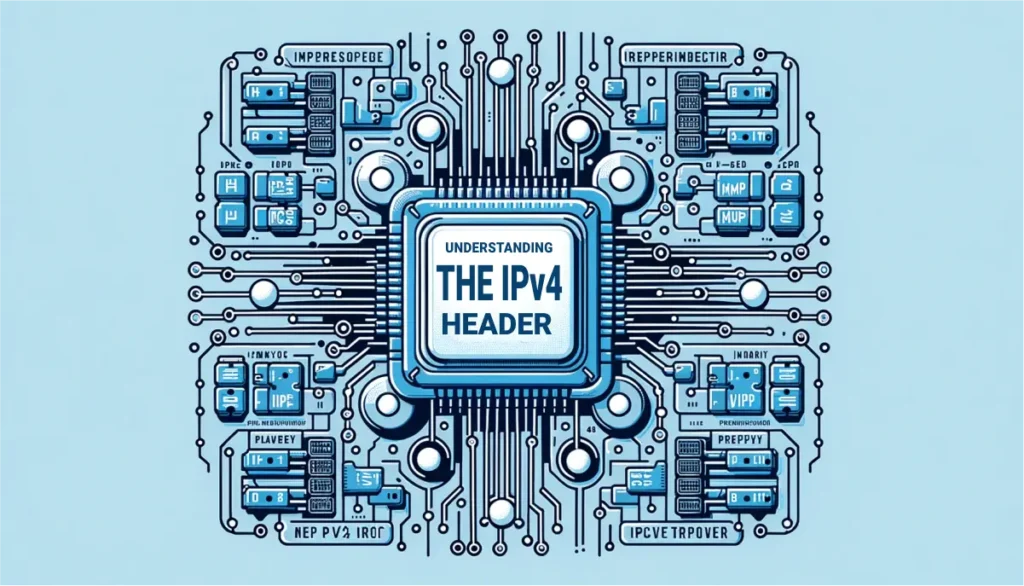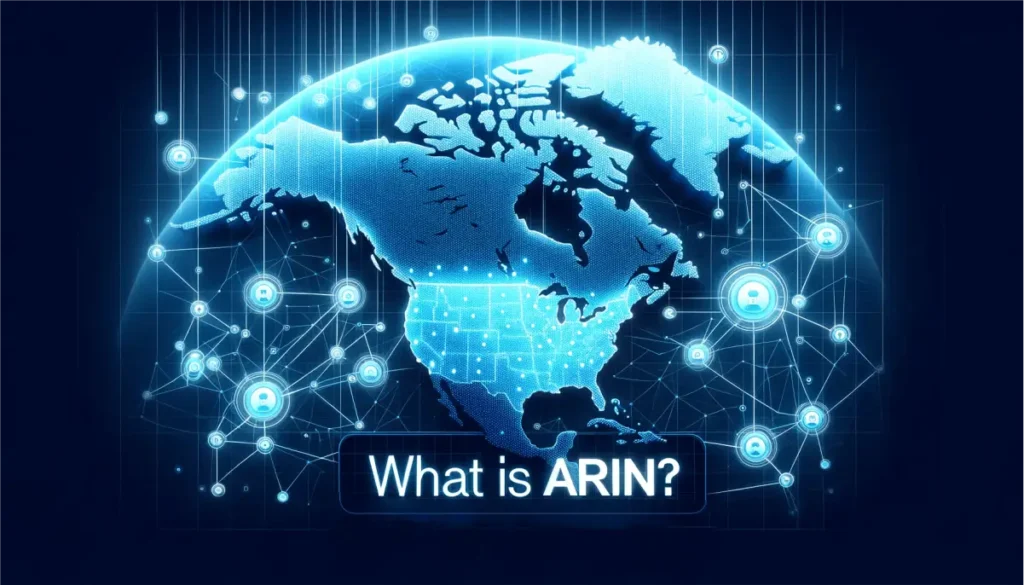The Internet is an incredibly vast network of information built on algorithms, protocols, and identifiers. It’s what lets us beef up our resumes on LinkedIn, binge-watch cat videos on YouTube, or hunt for a delectable chocolate cake recipe within seconds. The heart and soul of this network are the internet protocols that make our seamless browsing a reality. Among these protocols, Internet Protocol version 4, or IPv4, is the champion of the current Internet structure. Let’s delve into the magic beneath this technology by understanding the IPv4 header, the principal tool in the formation and movement of data packets across a network.
Table of Contents
An Overview of IPv4
Before we lay bare the structure of an IPv4 header, it’s crucial to emphasize the importance of IPv4 itself. IPv4, as the fourth version of internet protocols, quickly became the foundation of the Internet by facilitating the seamless transfer of data packets. Based on a connectionless model, IPv4 treats each packet individually, independent of its contemporaries. The packets are then marked with origin and destination addresses, along with other relevant details, allowing them to be accurately routed through network nodes.
Decoding the IPv4 Header
The IPv4 header is a vital part of this packet, carrying key information that allows for the successful transmission of data. A fixed 20-byte header at the start of every packet, it comprises 14 fields.
- Version (4 bits): This field indicates the version of the Internet Protocol. For IPv4, the value is 4.
- Internet Header Length (IHL) (4 bits): Represents the total length of the header, measured in 32-bit words. The minimum value is usually 5.
- Type of Service (8 bits): Specifies the priority of the packet alongside handling instructions.
- Total Length (16 bits): This is the entire packet size in bytes, including both header and data.
- Identification (16 bits): Every packet is assigned a unique identifier, allowing for the detection and reassembly of fragmented packets.
- Flags (3 bits): Contains control bits to manage fragmentation; one bit is reserved, while the other two are used to indicate ‘Don’t Fragment (DF)’ and ‘More Fragment (MF)’ instructions.
- Fragment Offset (13 bits): If a packet is fragmented, this field specifies the position of a fragment within the original data set.
- Time to Live (TTL) (8 bits): Limits the packet’s lifespan. Each time a router processes the packet, this value decreases. If it reaches zero, the packet is discarded.
- Protocol (8 bits): Indicates the protocol used in the data portion of the packet. For instance, TCP is 6, and UDP is 17.
- Header Checksum (16 bits): Ensures header integrity by adding a checksum. If there’s a mismatch at the destination, the packet is discarded.
- Source IP Address (32 bits): Contains the IP address of the sending machine.
- Destination IP Address (32 bits): Contains the IP address of the receiving machine.
- Options (if IHL > 5): Provides additional network-level information. It’s present when the IHL field is larger than 5.
- Padding: Ensures the header ends on a 32-bit boundary. It consists of zeroes and does not affect the transmission.
Why is the IPv4 Header Important?
These 14 fields might seem abstract at first, but they’re crucial for the smooth functioning of the internet. Knowledge of the IPv4 header can help troubleshoot network connectivity problems, optimize networks, and provide insights into traffic patterns. Additionally, it’s a cornerstone for those studying or working in networking or cybersecurity.
The IPv4 header might be a small chunk of data, but it carries the weight of the entire Internet on its metaphorical shoulders. Each time we send a text, stream a song or download a digital document, we owe it to the efficient and reliable data transfer facilitated by IPv4 and its well-structured header.
Frequently Asked Questions
What is the IPv4 Header?
The IPv4 header is a vital part of data packets, carrying key information that allows for the successful transmission of data across a network. It comprises 14 fields and is a fixed 20-byte header at the start of every packet.
Why is IPv4 important?
IPv4, as the fourth version of internet protocols, quickly became the foundation of the Internet by facilitating the seamless transfer of data packets. It operates on a connectionless model, treating each packet individually and marking them with origin and destination addresses for accurate routing.
What are the main fields in the IPv4 Header?
The IPv4 header consists of 14 fields, including:
– Version
– Internet Header Length (IHL)
– Type of Service
– Total Length
– Identification
– Flags
– Fragment Offset
– Time to Live (TTL)
– Protocol
– Header Checksum
– Source IP Address
– Destination IP Address
– Options (if IHL > 5)
– Padding
Why is the “Time to Live (TTL)” field important?
The TTL field limits the lifespan of a packet. As a router processes the packet, this value decreases. If it reaches zero, the packet is discarded, preventing infinite loops in the network.
What is the significance of the “Protocol” field in the IPv4 Header?
The Protocol field indicates the protocol used in the data portion of the packet. For example, TCP is represented by the number 6, and UDP is represented by the number 17.
How does the “Header Checksum” field ensure data integrity?
The Header Checksum field ensures the integrity of the header by adding a checksum. If there’s a mismatch at the destination, the packet is discarded, ensuring that only packets with correct headers are processed.
Why is understanding the IPv4 Header crucial for professionals in networking or cybersecurity?
Knowledge of the IPv4 header can help troubleshoot network connectivity problems, optimize networks, and provide insights into traffic patterns. It’s a foundational concept for those studying or working in networking or cybersecurity.
How does the IPv4 Header contribute to the functioning of the internet?
The IPv4 header, though a small chunk of data, plays a pivotal role in the efficient and reliable data transfer across the internet. Every online activity, from sending a text to streaming content, relies on the data transfer facilitated by IPv4 and its structured header.





